America’s national parks are renowned for their breathtaking landscapes, diverse ecosystems, and rich cultural heritage. Yet beneath the surface of these protected lands lies another layer of intrigue: tales of hidden treasures, lost gold mines, and buried fortunes that have captivated treasure hunters and history enthusiasts for generations. These legends blend historical facts with frontier folklore, creating enduring mysteries that continue to draw curiosity seekers into the wilderness. From the rugged canyons of the Southwest to the dense forests of Appalachia, stories of concealed wealth persist, intertwining with the natural and cultural histories that national parks were established to protect. These treasure tales reveal as much about American history and human nature as they do about the possibility of unclaimed riches waiting to be discovered.
The Legal and Ethical Considerations of Treasure Hunting in National Parks
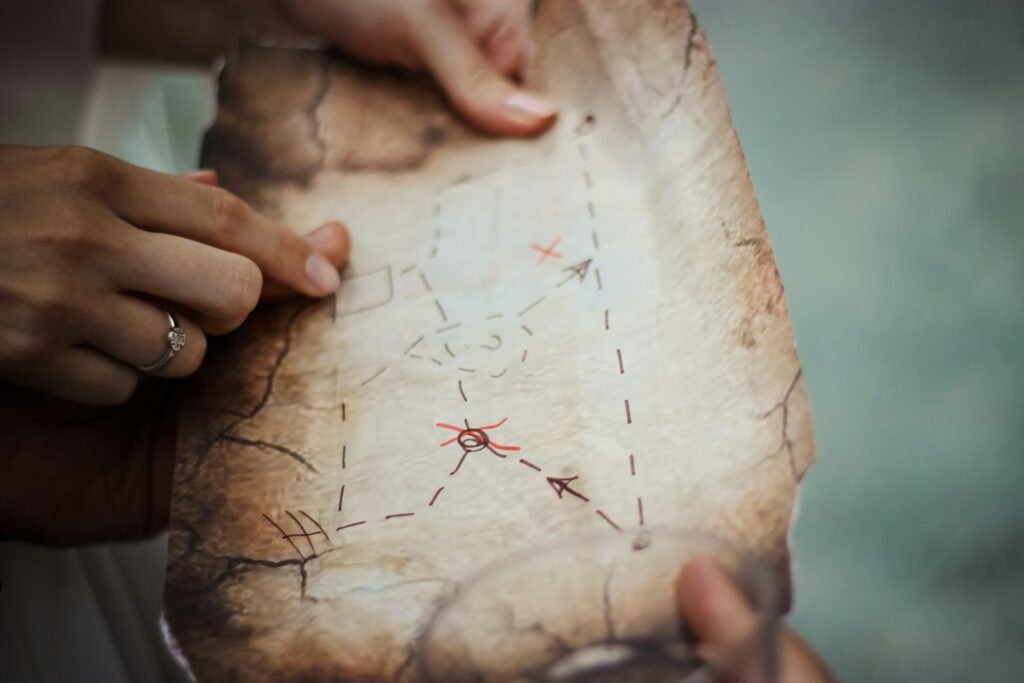
Treasure hunting within the boundaries of national parks is strictly prohibited under federal law, specifically the Antiquities Act of 1906 and the Archaeological Resources Protection Act. These regulations exist to preserve the historical, cultural, and natural integrity of these protected lands for future generations. Any excavation, metal detecting, or removal of artifacts—even seemingly insignificant items—carries serious legal consequences, including hefty fines and potential imprisonment. Beyond the legal ramifications, there are profound ethical considerations at play, as many alleged treasure sites overlap with areas of cultural significance to indigenous peoples. The National Park Service emphasizes that the true treasures of these lands are their unaltered ecosystems, archaeological integrity, and the shared natural heritage they represent for all Americans. Visitors who discover historical items are required to leave them in place and report findings to park authorities.
The Lost Dutchman’s Gold Mine in Superstition Mountains
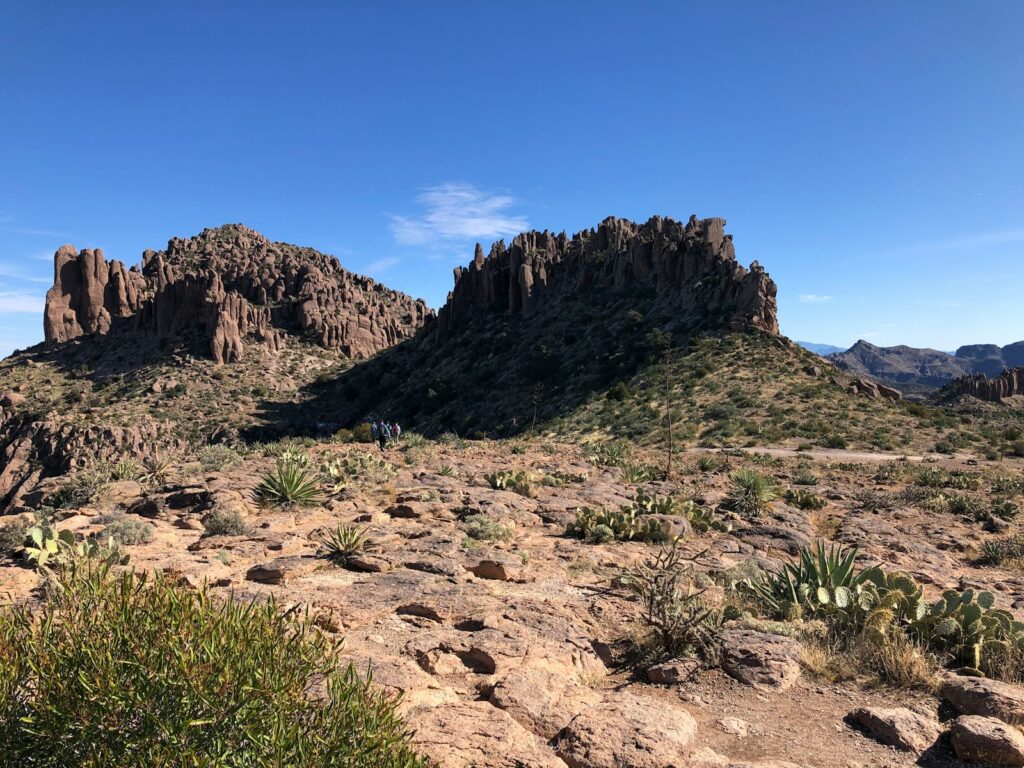
Perhaps no treasure legend is more famous than that of the Lost Dutchman’s Gold Mine, allegedly hidden somewhere within what is now Superstition Mountain in Arizona, adjacent to Tonto National Forest. According to folklore, German immigrant Jacob Waltz—the “Dutchman” in question—discovered an immensely rich gold mine in the 1870s but took its location to his grave in 1891, supposedly after providing cryptic clues to a neighbor. The legend has spawned numerous variations, including tales of cursed gold belonging to the Apache tribe and stories of Spanish mining operations abandoned after violent conflicts with indigenous peoples. For over a century, treasure hunters have scoured the rugged landscape, some even losing their lives in the pursuit, adding to the mountain’s ominous reputation. Despite numerous expeditions employing everything from basic prospecting to modern geophysical techniques, no conclusive evidence of the mine has ever been verified.
The Treasure of Jean Lafitte in Jean Lafitte National Historical Park
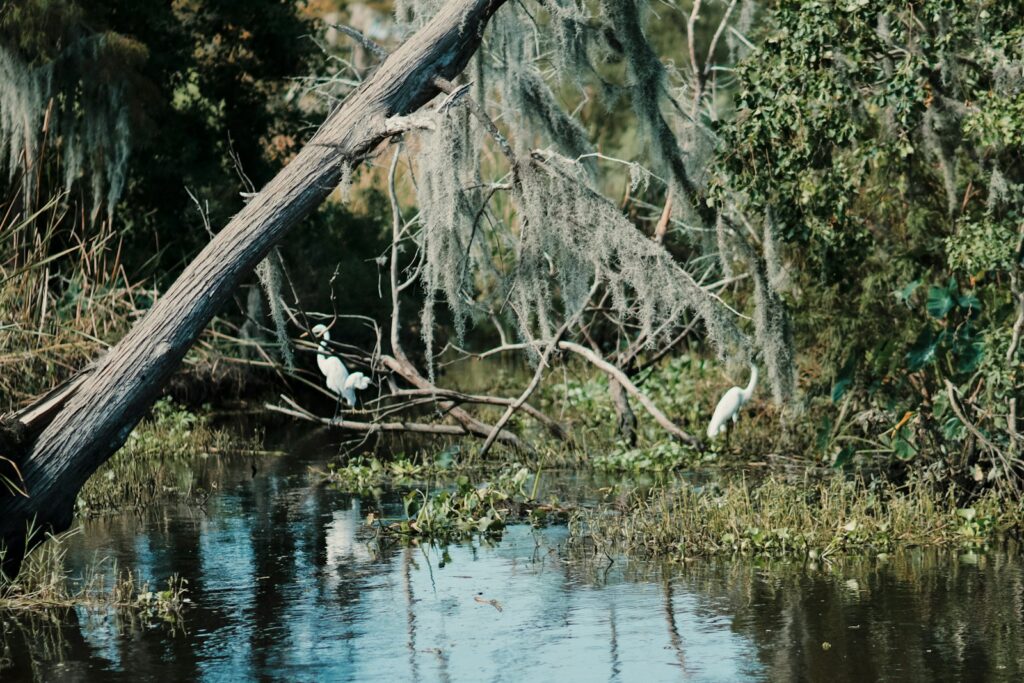
The swampy bayous of Jean Lafitte National Historical Park and Preserve in Louisiana are said to conceal multiple caches of treasure buried by the infamous French pirate and privateer Jean Lafitte. Operating in the Gulf of Mexico during the early 19th century, Lafitte and his brother Pierre established a smuggling operation based at Barataria Bay, where they reportedly accumulated substantial wealth from their maritime exploits. According to local lore, Lafitte buried numerous treasure hoards throughout the Louisiana wetlands to protect them from authorities and rival pirates. The treacherous, ever-changing landscape of the bayous has supposedly kept these treasures safe for two centuries, as landmarks referenced in old maps have long since disappeared in the shifting terrain. Park rangers regularly encounter visitors with metal detectors despite strict prohibitions, and local folklore includes tales of mysterious lights and ghostly apparitions guarding the pirate’s ill-gotten gains.
The Confederate Gold of Cumberland Gap National Historical Park
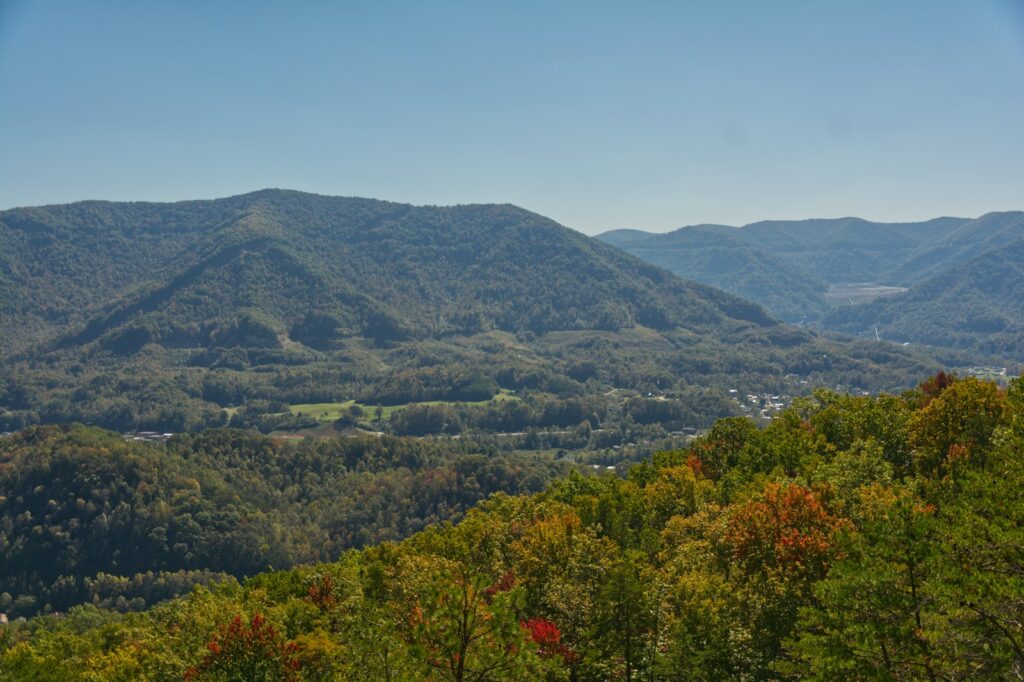
Cumberland Gap National Historical Park, spanning Kentucky, Tennessee, and Virginia, is steeped in Civil War history and related treasure legends. One persistent tale involves a substantial cache of Confederate gold supposedly hidden in the area during the final days of the Civil War. As Union forces advanced in 1865, Confederate officials allegedly dispatched wagons carrying gold reserves from Richmond toward the Deep South, with some accounts claiming that a portion of this treasure was hidden in the complex cave systems or buried near landmarks in what is now the national park. The geography of Cumberland Gap made it a strategic passage for centuries, and its rugged terrain of limestone caves, dense forests, and hidden valleys provides the perfect setting for concealing valuable assets. Historical records confirm that Confederate treasury assets did indeed disappear during the collapse of the Confederacy, lending some credibility to these enduring stories. Despite occasional claims of discoveries over the years, no conclusive evidence of this legendary treasure has been verified.
Forrest Fenn’s Treasure in the Rocky Mountains
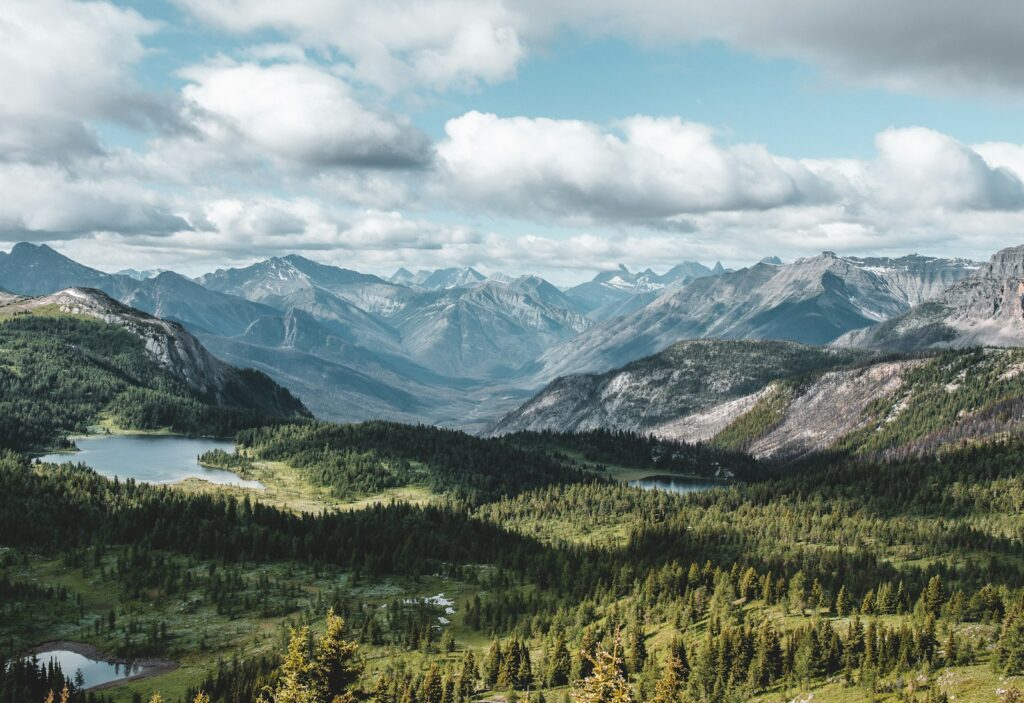
One of the most famous modern treasure hunts centered on the Rocky Mountain region, including areas near or within several national parks. In 2010, eccentric millionaire and art dealer Forrest Fenn announced that he had hidden a bronze chest filled with gold coins, rare artifacts, and jewels worth an estimated $2 million somewhere in the Rocky Mountains north of Santa Fe. Fenn published a memoir containing a cryptic poem with nine clues supposedly leading to the treasure, unleashing a decade-long search that drew thousands of treasure hunters to the region. The search area encompassed territory in the vicinity of Yellowstone, Grand Teton, and Rocky Mountain National Parks, creating significant management challenges for park officials dealing with enthusiastic searchers. After at least five people died during their quests, the treasure was finally discovered in Wyoming in June 2020, with the finder later revealed to be medical student Jack Stuef. The exact location remains undisclosed, though Fenn confirmed before his death in September 2020 that the treasure had been found.
Abandoned Gold Mines of Death Valley National Park
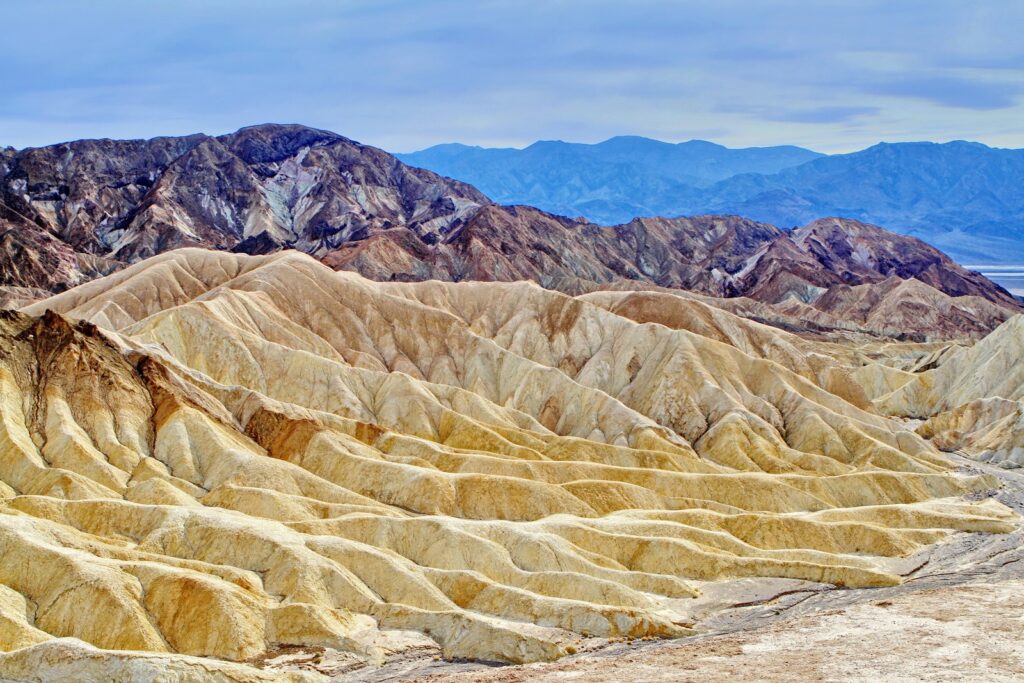
The parched landscape of Death Valley National Park contains the scattered remnants of numerous mining operations from the late 19th and early 20th centuries, fueling persistent legends of lost riches. The most famous is perhaps the Lost Breyfogle Mine, named after Charles Breyfogle, who in the 1860s allegedly stumbled upon an incredibly rich gold deposit while crossing Death Valley but could never relocate it after making his way to civilization. Similarly, the Lost Gunsight Mine got its name from the story of immigrants who in 1849 used silver from a discovered outcrop to replace their broken rifle sight but couldn’t find the location again. These tales are complemented by the very real history of the area’s mining boom, evidenced by over 300 abandoned mines scattered throughout the park, including the profitable Keane Wonder Mine and Skidoo stamp mill. Park officials caution that these abandoned mines represent genuine hazards rather than treasure opportunities, with unstable structures, dangerous shafts, and the potential for exposure to toxic minerals.
Montezuma’s Treasure in Southwestern National Parks
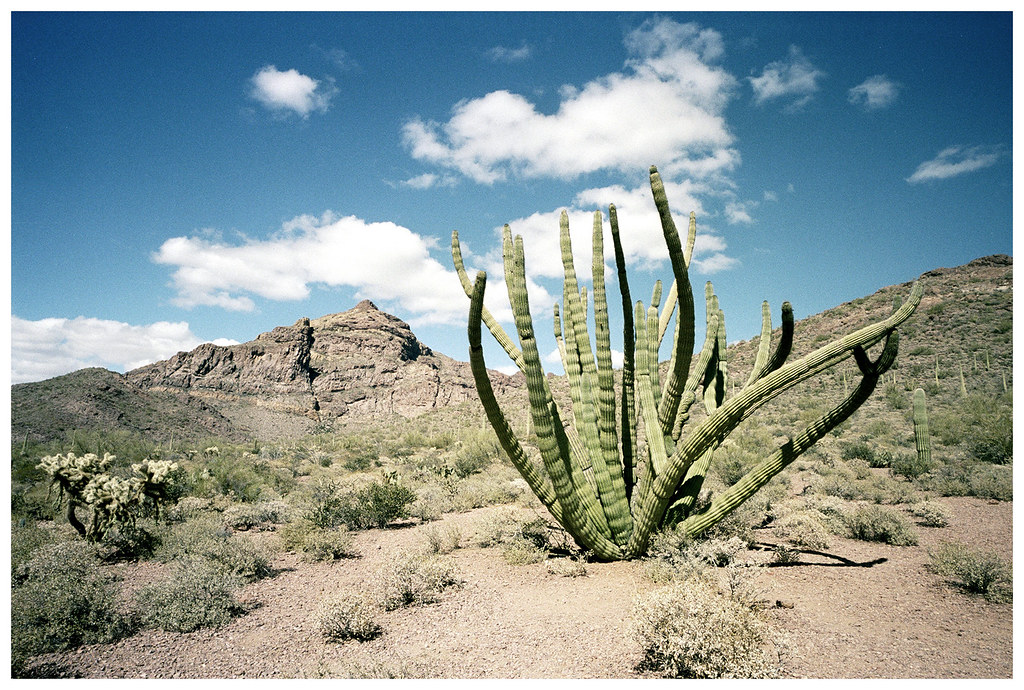
One of the grandest treasure legends associated with America’s southwestern national parks involves the purported hidden wealth of Aztec Emperor Montezuma II. According to these tales, which blend historical events with folklore, Aztec treasures were secreted away from the Spanish conquistadors in the early 16th century and hidden in remote locations throughout what is now the American Southwest. Various versions place this legendary hoard in locations from Arizona’s Organ Pipe Cactus National Monument to Utah’s Canyonlands National Park, with particular focus on sites in and around Mesa Verde National Park. These stories often incorporate elements of indigenous oral traditions and observations of unusual rock formations or cave systems with alleged Aztec symbols. While archaeologists dismiss the likelihood of Aztec treasures being transported so far north, these legends persist and have inspired countless expeditions into the desert landscape. Historical reality suggests these tales are largely fabrications arising from misinterpretations of indigenous artifacts and Spanish colonial mythology rather than genuine historical events.
The Lost Loot of Glacier National Park’s Train Robberies

The rugged terrain of Glacier National Park harbors legends of bandit loot dating back to the early days of the Great Northern Railway. In the late 19th and early 20th centuries, trains traversing the remote Montana wilderness were occasionally targeted by outlaws who could quickly disappear into the surrounding mountains with their stolen goods. The most persistent tale involves a substantial gold shipment allegedly stolen in 1901, with the bandits supposedly burying their loot near the southern boundary of what would later become the national park when they realized they were being pursued by law enforcement. According to local folklore, the thieves were captured or killed before they could retrieve their hidden fortune, leaving it concealed somewhere in the wilderness. Despite the romantic appeal of these stories, historical records of train robberies in the region are sparse, and the extreme alpine environment would make both hiding and later retrieving valuables exceptionally challenging. Nevertheless, the legend continues to captivate visitors imagining hidden caches in the park’s remote valleys.
Blackbeard’s Treasure at Cape Hatteras National Seashore
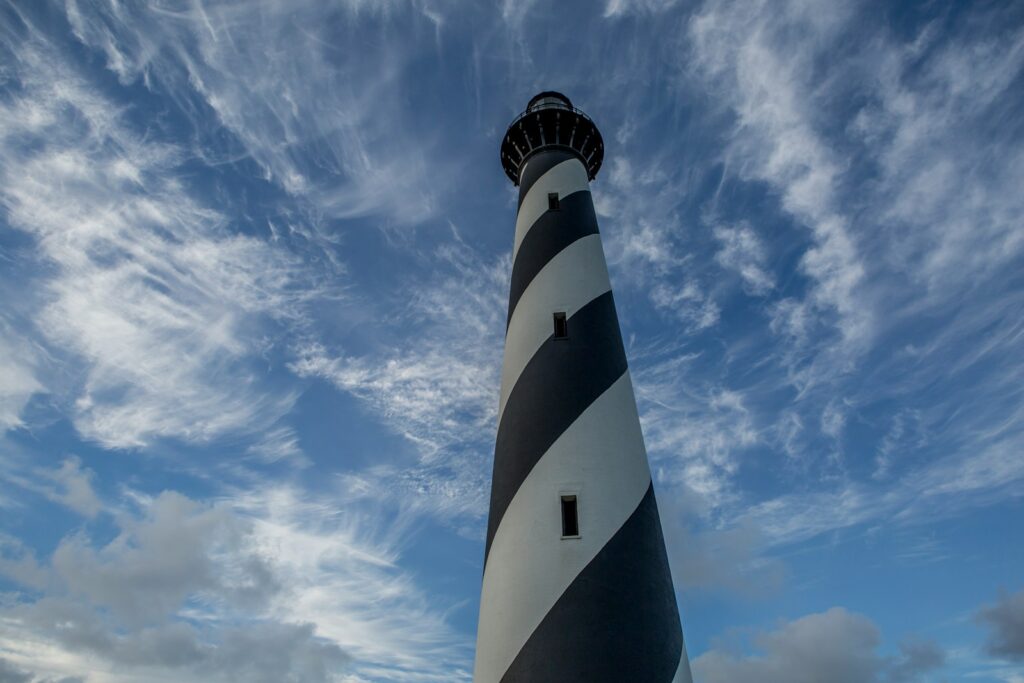
The shifting sands of Cape Hatteras National Seashore on North Carolina’s Outer Banks are said to conceal treasures from the notorious pirate Edward Teach, better known as Blackbeard. Historical records confirm that Blackbeard operated extensively in these waters, using the shallow inlets and islands as hideouts before his death in 1718 following a fierce battle with Royal Navy forces. Local legends suggest that Blackbeard buried substantial portions of his plundered wealth along the barrier islands, with some accounts specifically mentioning locations near Ocracoke Island, where the pirate maintained one of his bases of operations. The dynamic nature of the barrier island system, which constantly reshapes itself through tidal action and storms, adds credibility to the notion that any buried treasures would remain undiscovered, potentially becoming exposed only briefly during major hurricanes before being reburied by shifting sands. Archaeological excavations in the area have uncovered artifacts from the colonial period, including those associated with maritime activities, but no pirate treasures have been officially documented.
The Treasure of Big Bend National Park and Wild West Outlaws
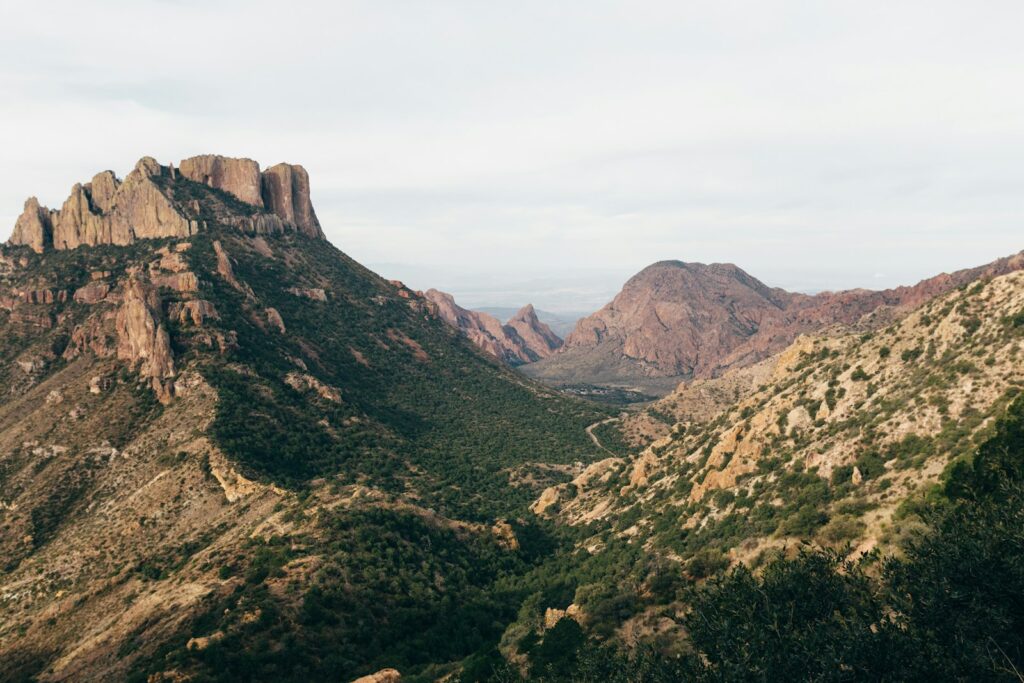
The remote canyons and rugged mountains of Big Bend National Park along the Texas-Mexico border feature prominently in tales of outlaw treasure from the Wild West era. The region’s isolation and proximity to the international border made it an ideal refuge for bandits operating on both sides, including rumored activities by notable figures such as Pancho Villa and various Texas desperados. One persistent legend involves a cache of stolen gold allegedly hidden by train robbers in the Chisos Mountains in the late 1880s after they crossed the Rio Grande into what is now park territory. The treasure reportedly remained hidden after the bandits were killed in a shootout with Texas Rangers before they could return to retrieve it. The park’s complex topography of caves, canyons, and remote arroyos provides countless potential hiding places that would be extraordinarily difficult to locate without precise directions. These legends continue to attract interest, though the National Park Service emphasizes that any search activities involving disturbance of the landscape are strictly prohibited.
The Lost Adams Diggings Near El Malpais National Monument
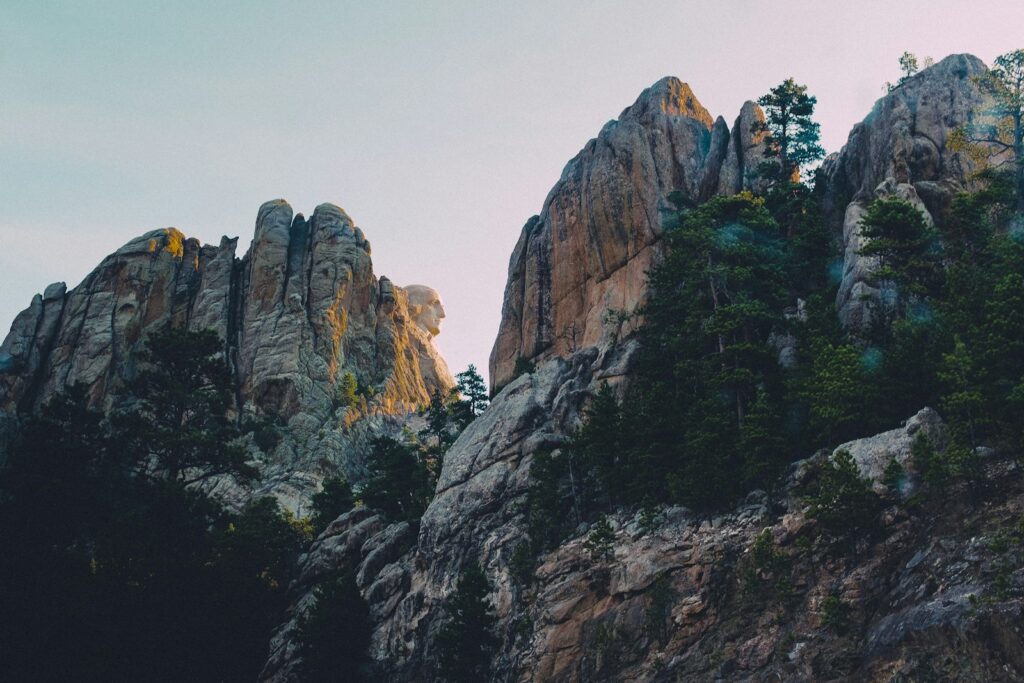
The volcanic landscape surrounding El Malpais National Monument in New Mexico is associated with one of the Southwest’s most enduring lost treasure stories: the Lost Adams Diggings. According to the legend, in 1864, a prospector named Adams and a group of miners were led by an Apache guide to an incredibly rich gold deposit in a canyon described as having a waterfall and distinctive rock formations. After collecting substantial gold, the group was allegedly attacked by Apache warriors, with only Adams and a few others escaping with their lives but losing the exact location of the site. For more than 150 years, treasure hunters have scoured the region surrounding El Malpais, analyzing the unusual volcanic features and numerous canyons for matches to the descriptions in Adams’ account. While most historians consider the story to be greatly exaggerated or entirely fictional, the tale has become deeply embedded in the folklore of the region. Archaeological evidence does confirm indigenous mining activities and Spanish colonial prospecting in the broader area, lending some credibility to the possibility of undiscovered mineral deposits.
The Impact of Treasure Hunting on National Park Conservation
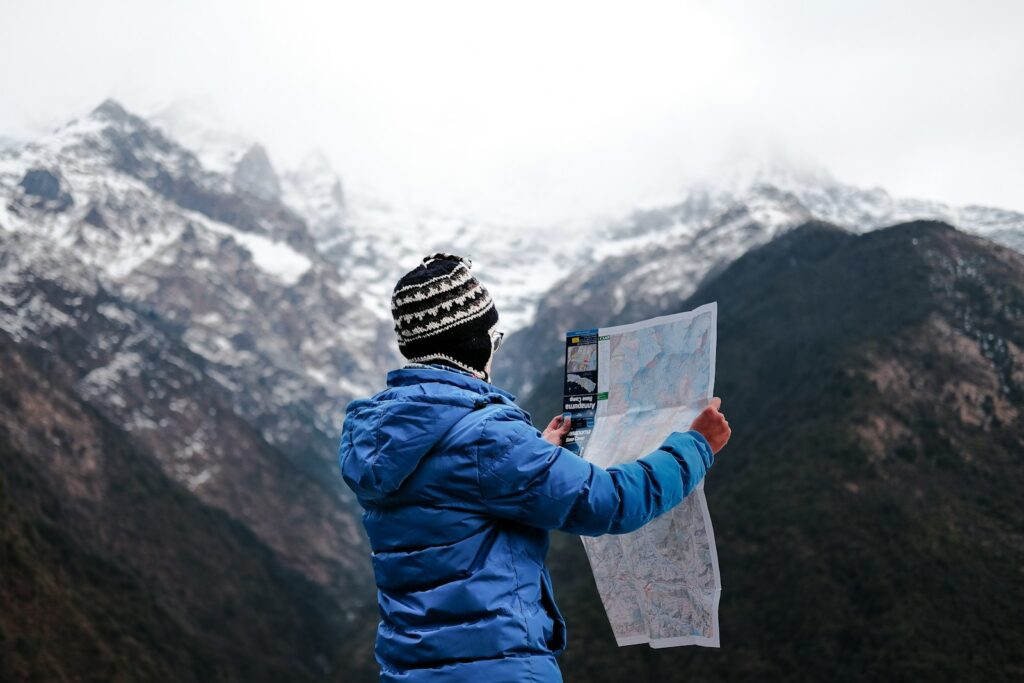
The persistent allure of treasure legends has created significant conservation challenges for the National Park Service throughout its history. Unauthorized excavations by treasure hunters have damaged archaeological sites, disturbed wildlife habitats, and compromised the scientific value of historical locations in numerous parks. In particularly popular treasure-hunting areas, park officials have documented erosion from off-trail foot traffic, vandalism of natural features, and even the use of prohibited equipment such as ground-penetrating radar and metal detectors. These activities not only threaten the natural and cultural resources parks were established to protect but also divert limited ranger resources toward enforcement rather than visitor services and legitimate conservation work. The popularization of treasure hunting through television shows and social media has exacerbated these challenges, with some parks reporting increased incidents following the broadcast of programs featuring their locations. In response, many parks have developed specialized educational programs highlighting the scientific and historical value of leaving sites undisturbed, emphasizing that the true wealth of these protected lands lies in their preservation for future generations rather than in any rumored material treasures.
Separating Fact from Fiction: The Historical Context of National Park Treasure Legends

Many treasure legends associated with national parks contain kernels of historical truth embedded within layers of exaggeration and folklore. The stories often originate from documented historical circumstances—the Spanish colonial presence in the Southwest, Confederate treasury movements during the Civil War, or the established operations of pirates along coastal waters. Historians point out that these tales typically emerge during periods of economic hardship, reflecting cultural desires for quick wealth rather than historically likely events. Archaeological evidence often confirms human activity in alleged treasure locations but rarely supports the specific claims of buried wealth. The persistence of these legends also reflects the inaccessibility of many park landscapes before their federal protection, making them plausible settings for clandestine activities in the popular imagination. For park interpreters and historians, these treasure tales provide valuable opportunities to engage visitors with the authentic historical narratives of these protected lands, using the popular appeal of treasure hunting as a gateway to deeper appreciation of the parks’ documented cultural and natural heritage.
The legends of hidden gold and lost treasures in America’s national parks represent a fascinating intersection of history, folklore, and human psychology. While the likelihood of discovering buried pirate hoards or lost gold mines remains exceedingly slim, these enduring tales continue to enhance the mystique of these protected landscapes. They serve as reminders of the complex human history embedded within these natural sanctuaries—from indigenous peoples to European explorers, from outlaws to industrialists. For modern visitors, the true value of these parks lies not in hypothetical hidden riches but in the preserved ecological systems, cultural sites, and natural wonders available for all to experience. As stewards of these irreplaceable national treasures, both park authorities and conscientious visitors recognize that the legitimate riches of these landscapes are the tangible heritage and unspoiled wilderness that will continue to inspire generations to come—a treasure far more valuable than any buried gold.

